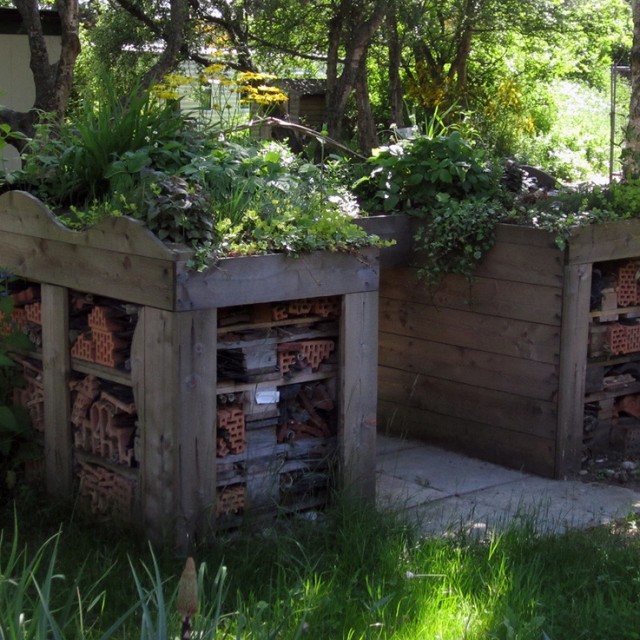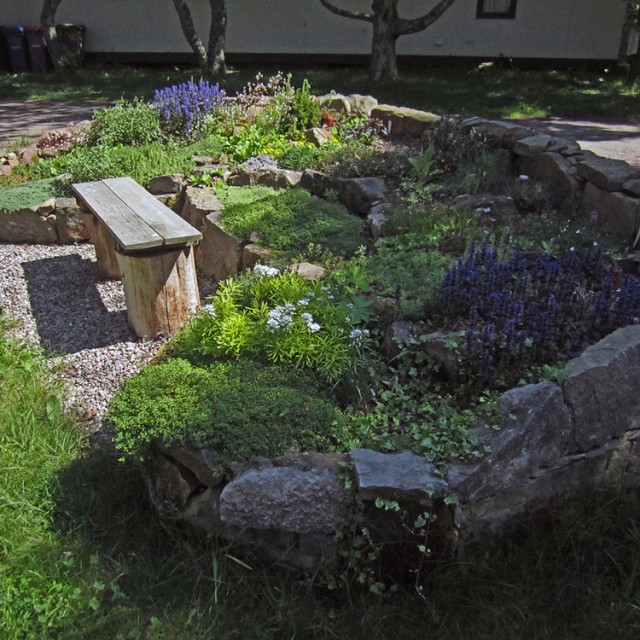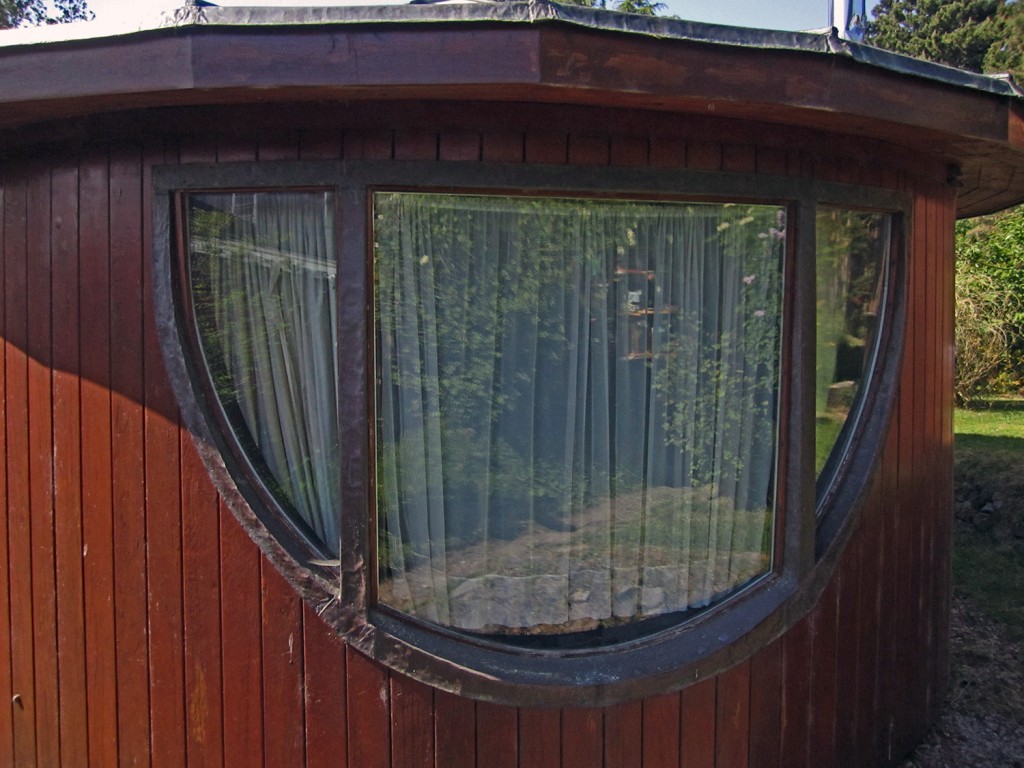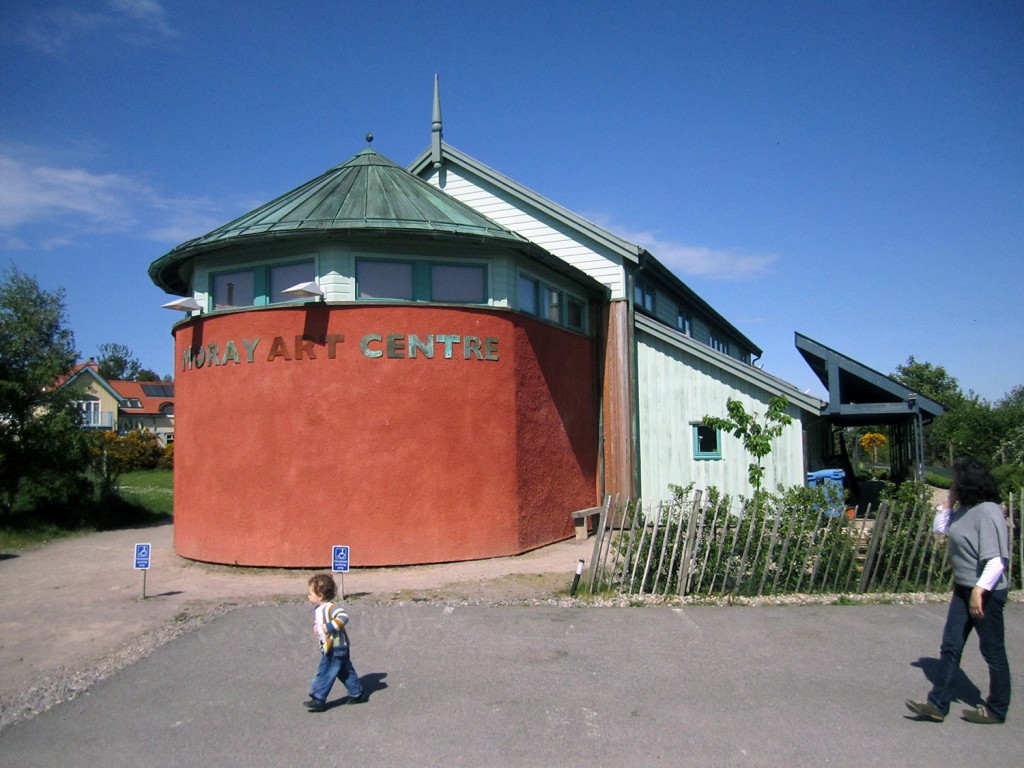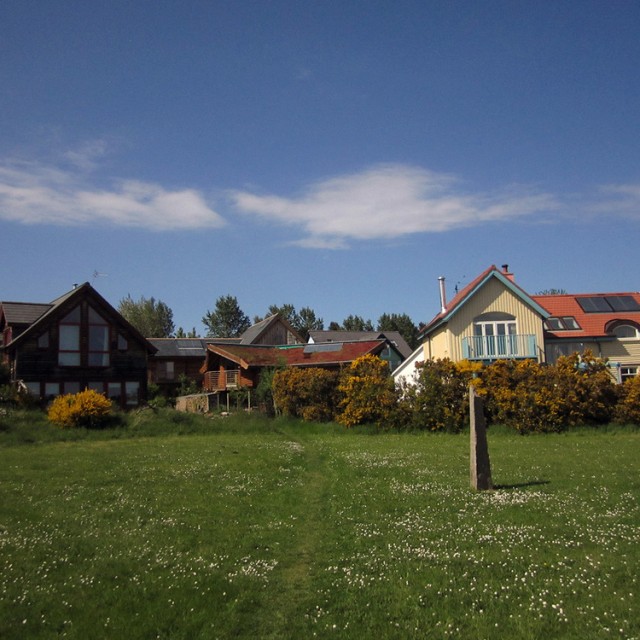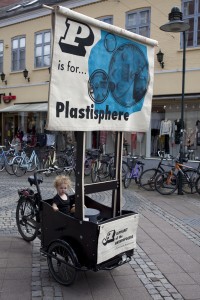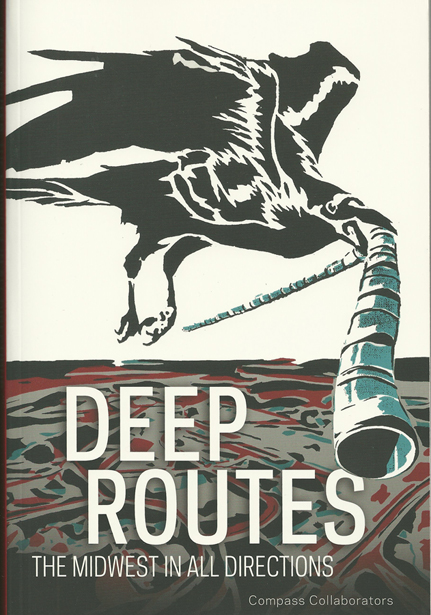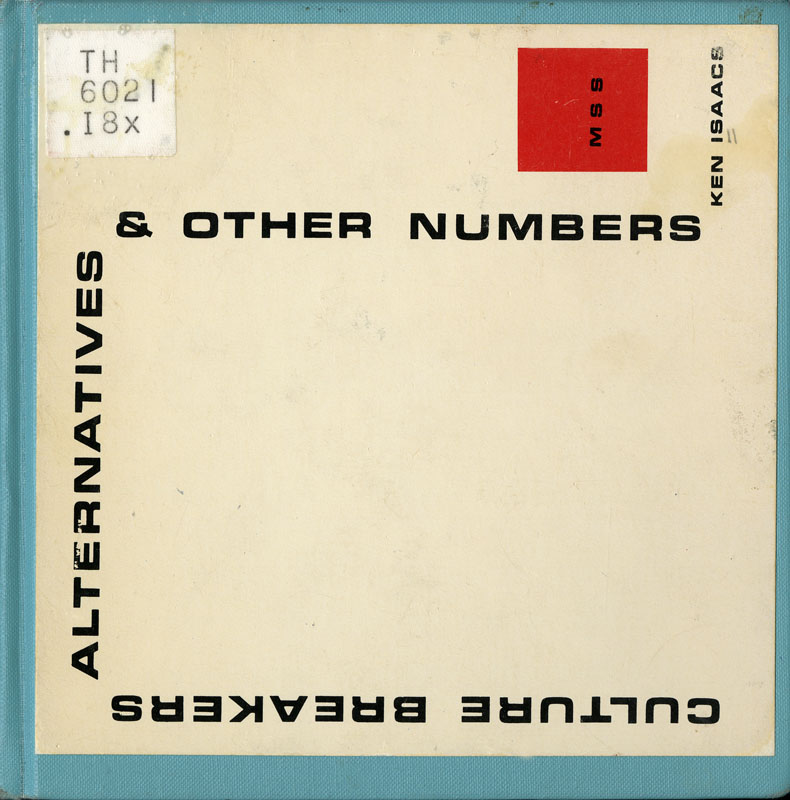The Findhorn community in Scotland
I visited the long-running—50+ years—intentional community and eco-village, Findhorn, in northern Scotland. I have known about the place for many years, but had not had the opportunity to visit until a couple of weekends ago. I was curious to see what was there. I had heard the myths about the founders and how the earth and its spirits had told them to settle in the place where the community now thrives. That place is now gone, though its spirit remains in parts. If you visit the older part of the community, it feels welcoming, open and like you have left the UK and its logic of spatializing consumer culture. There are many common, public spaces, which bleed in and out of what may be private spaces. There is an openness and fluidity to how space is used and it seems to embrace you and asks you to linger. This is not the case of newer parts of the community.
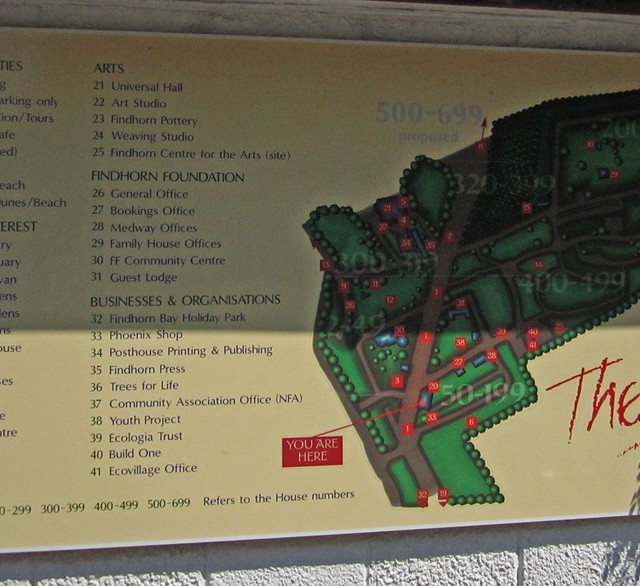
Map of the area – the part with a black pattern over it is the area to still be developed. Click image to enlarge.
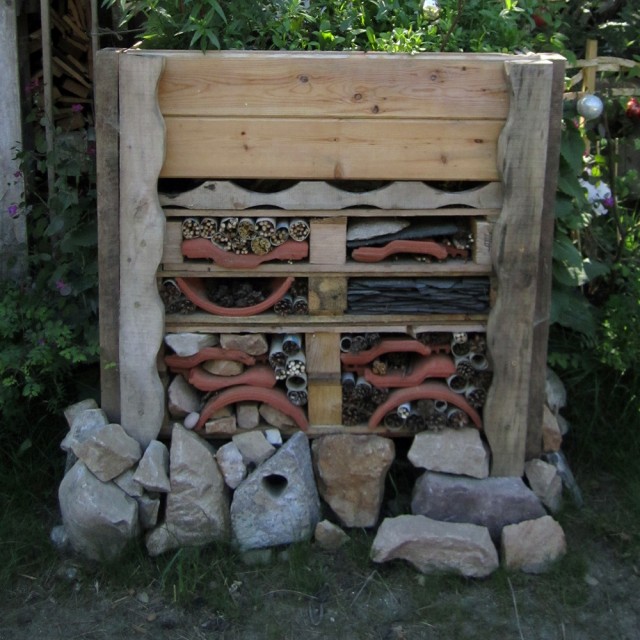
Another insect hotel – many different materials provide varying temperatures, levels of moisture and so on attractive to various kinds of insects. This gives them shelter and protection.
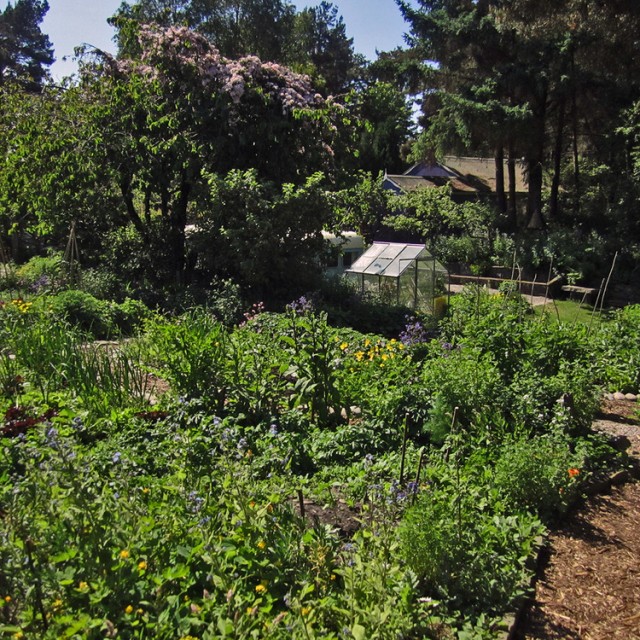
This garden was one of the most welcoming spots in all of Findhorn. There was a strong, quiet, feeling to the place and it was clear a lot people put incredible care and concern into maintaining it.
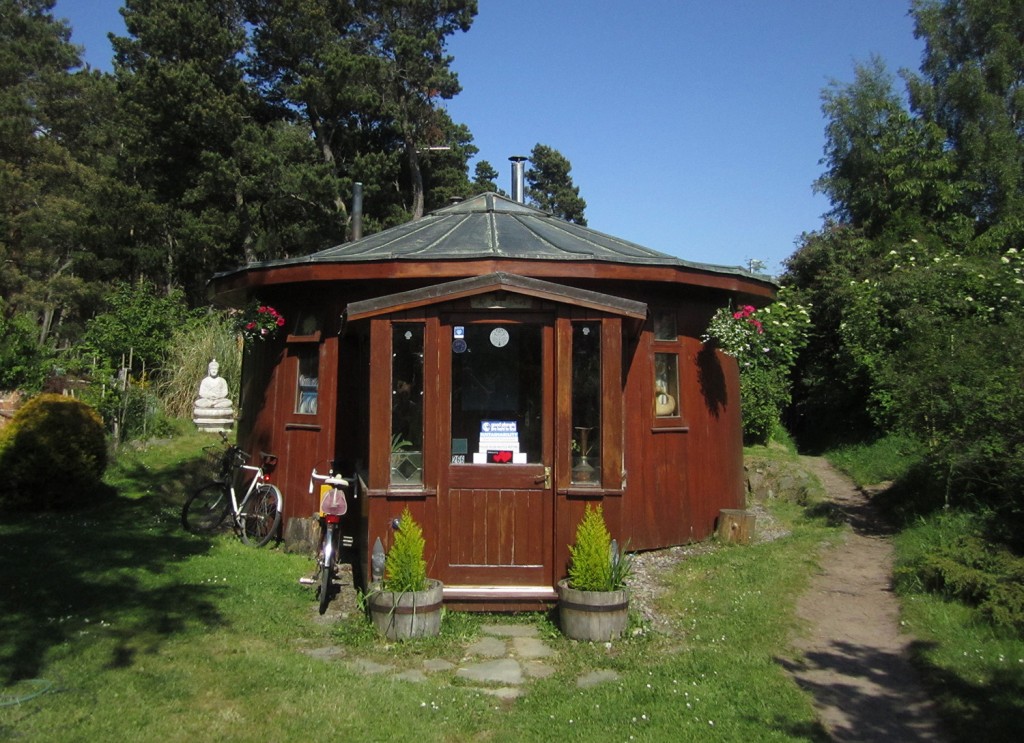
One of the many beautiful hand-crafted houses at Findhorn, made in part from an old vat used in distilling whiskey
Rich people ruin everything: the above image shows what gentrification of an intentional community looks like. Some of these buildings are homes, some are vacation homes, but they all organize space and community in a way that is very different than other parts of Findhorn. They invert the feelings and social and spatial relationships in the older parts of the settlement. These buildings have made a lot of private personal space that is closed off with a diminished amount of shared or public space. This feels like a suburb one would see just about anywhere, but it is just a hint funkier. It is nothing short of the repetition of the capitalist order that exists outside of Findhorn. It was sad to see, but Findhorn is as much a community as it is a product. There is a strong sense that all its edges and rough spots were smoothed over long ago. I expected at least some clearly anti-capitalist expressions in the place, but perhaps that was too optimistic. Scrappy people who are not green capitalists don’t seem to have a place or function here, or maybe they are just buried under the image that the new developments create.
Radio Aktiv Sonic Deep Map (2013)
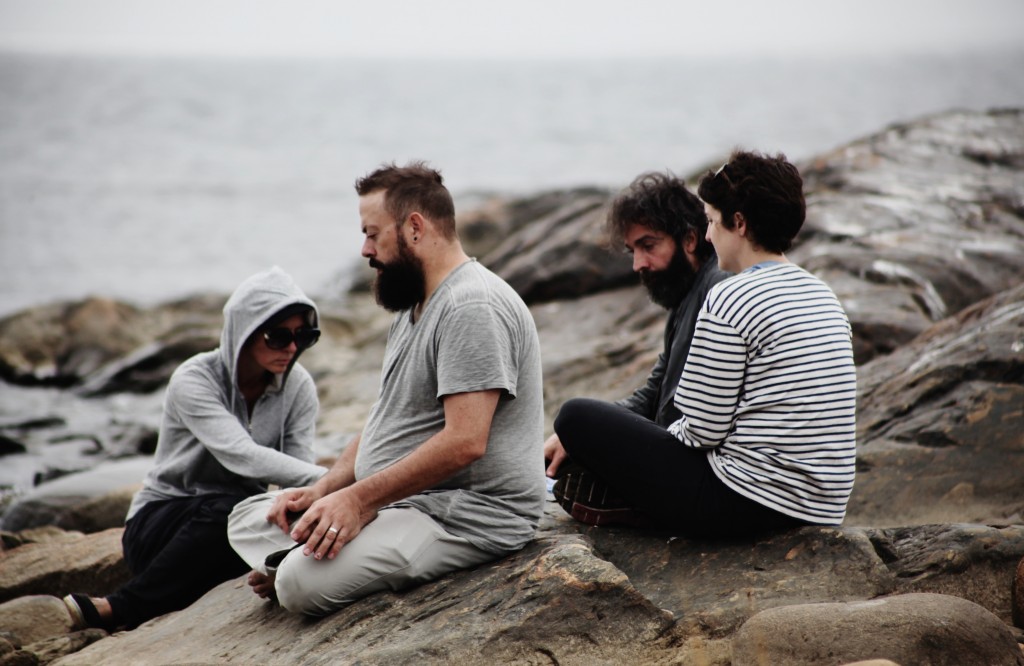
SUPERKILEN – Extreme Neoliberalism Copenhagen Style
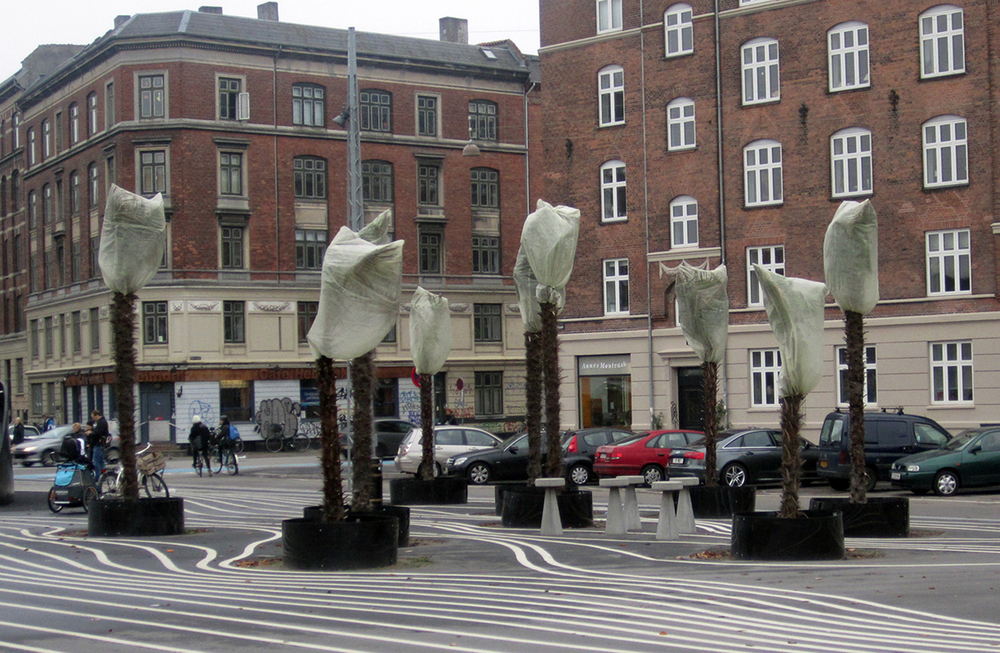
Read Brett's essay about the park.
Download our guide:
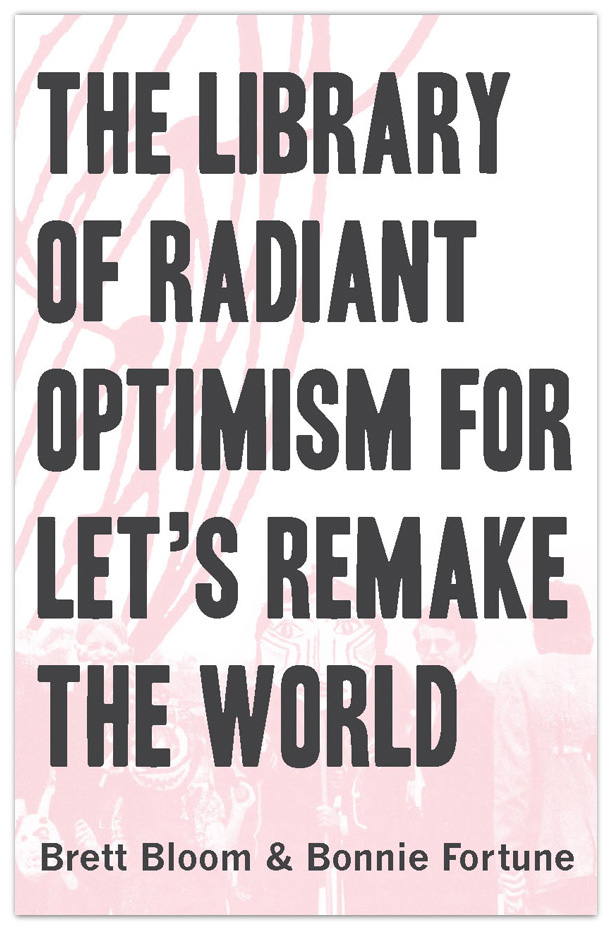
This is our guide to how-to books from the counterculture of the 60s and 70s. Click to get the download page.
Categories
- Agriculture (11)
- Animal sounds (1)
- Artist parents (19)
- Arts and culture (106)
- Bees (3)
- Book reviews (14)
- Books (18)
- Critical essays (5)
- Daily Photo (5)
- Design (36)
- Dirt (11)
- Environmental activism (43)
- Exhibitions (24)
- Farms (11)
- Forest (7)
- Friday connect (15)
- Growing (42)
- Habitat (38)
- Homesteading (16)
- Interviews (15)
- Kitchen (14)
- Living structure (9)
- MISC (15)
- Mythological (2)
- Neighborhood (83)
- Ocean News (1)
- Our Art Work (21)
- Personal – Design/Art (3)
- Play (2)
- Playground (4)
- Projects (21)
- Public space (53)
- Resilience (13)
- Sea Side (2)
- Sojabønner (2)
- Tofu (8)
- Vermont correspondence (7)
- Water (3)
- Wednesday picture (31)
- Workshop (1)
Video interview:

Watch our interview of SeedBroadcast, a mobile project that is part seed library and part seed-saving-story-collecting machine-recording the stories of seed saving, farming, and food sovereignty work being done around the US.
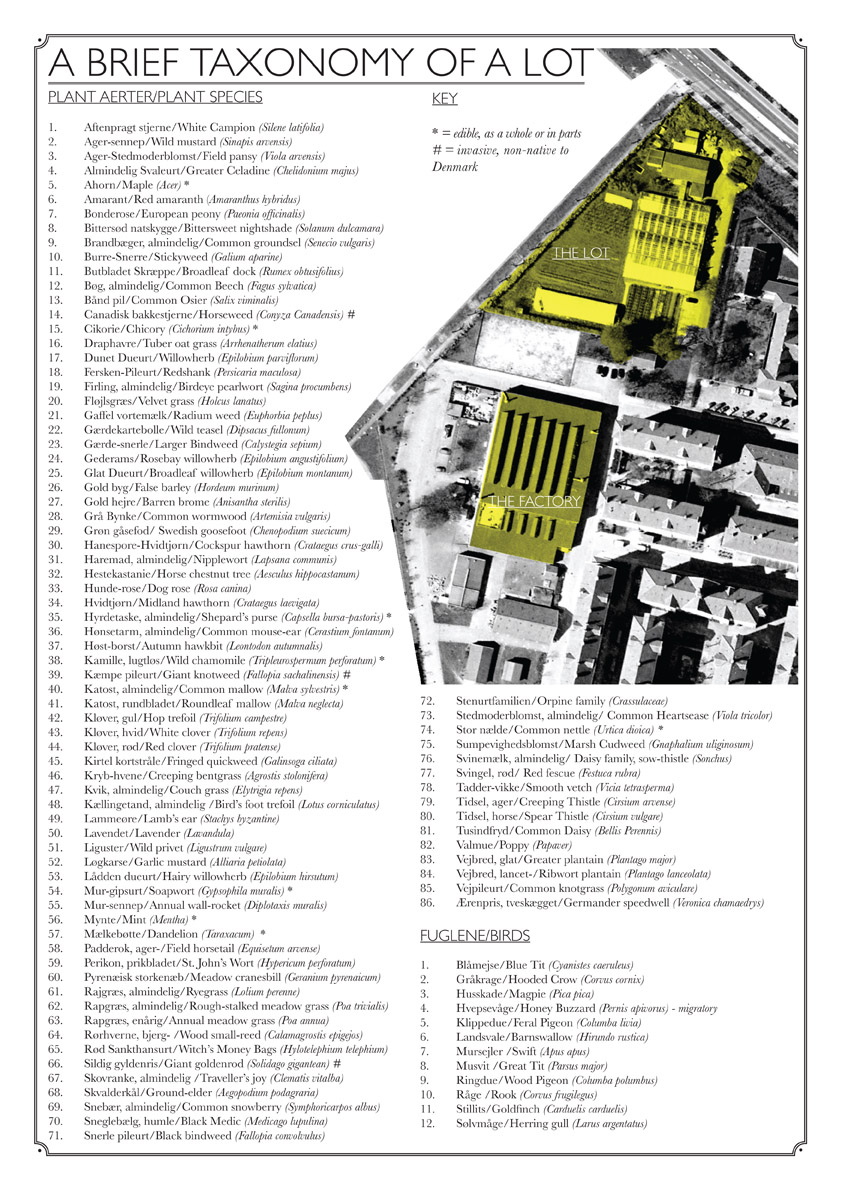
Download a poster Bonnie made about biodiversity in a vacant lot in the Amager borough of Copenhagen, in collaboration with biologist, Inger Kærgaard, ornithologist, Jørn Lennart Larsen and botanist, Camilla Sønderberg Brok: A BRIEF TAXONOMY OF A LOT

We made and installed a network of bat houses in Urbana, Illinois, to support the local and regional bat population, but also to begin a conversation about re-making the built environment.
READ MORE
BOOK REVIEW:
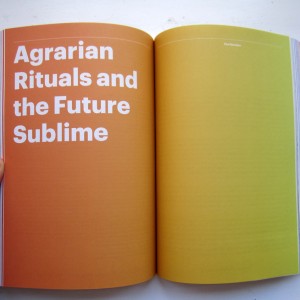
We write often about artists and art groups that work with putting ‘culture’ back in agriculture. Here is a new favorite: myvillages, a group of three women based in Germany, the Netherlands, and the UK. Read more...
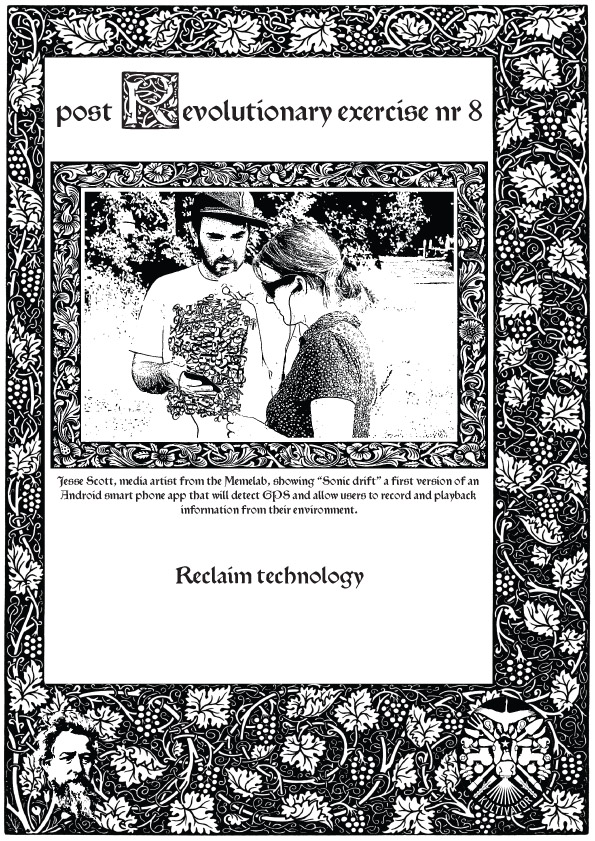
Post Revolutionary Exercises
We really admire the dedicated hard work of Kultivator who seeks to fuse agriculture and art in their work. Click this sentence to get a PDF of their poster collection called "Post Revolutionary Exercises."
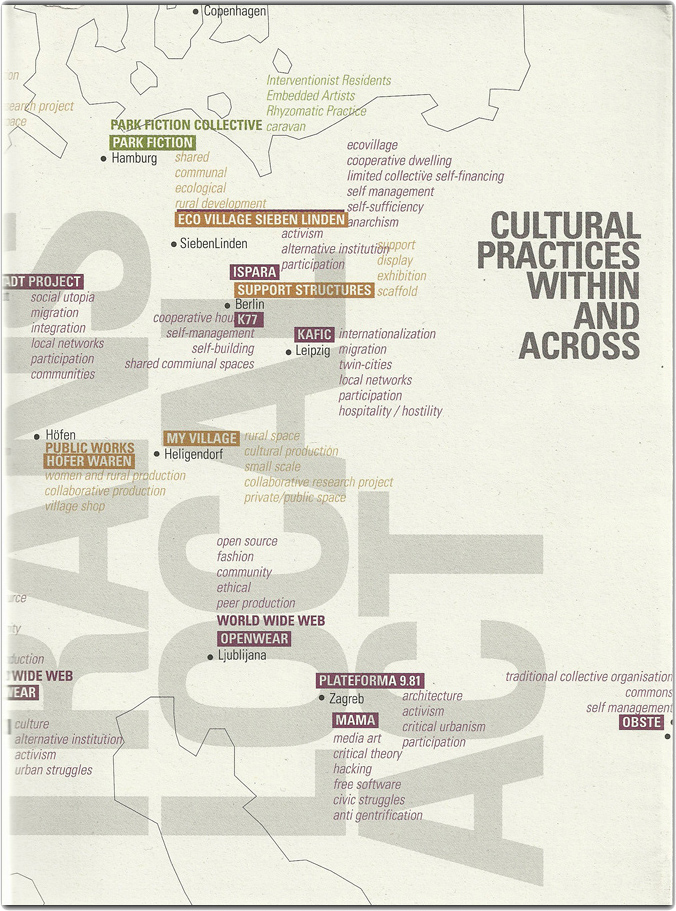
Cultural Practices Within And Across
This amazing book networks urban and rural resilience and sustainability projects around the world. Deeply inspiring projects in Romania, Paris, San Francisco, and elsewhere.
• Read our review of the book.
• Buy the book.
• Download the book.

